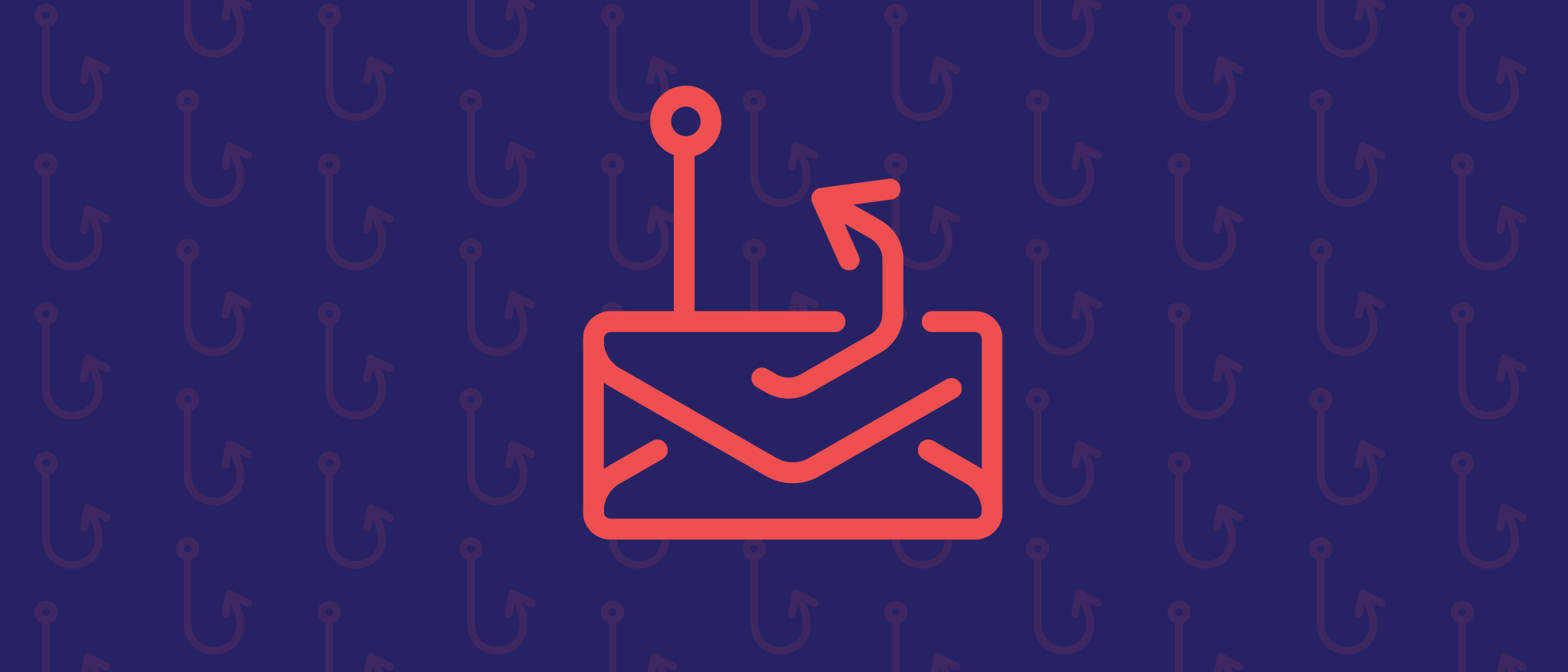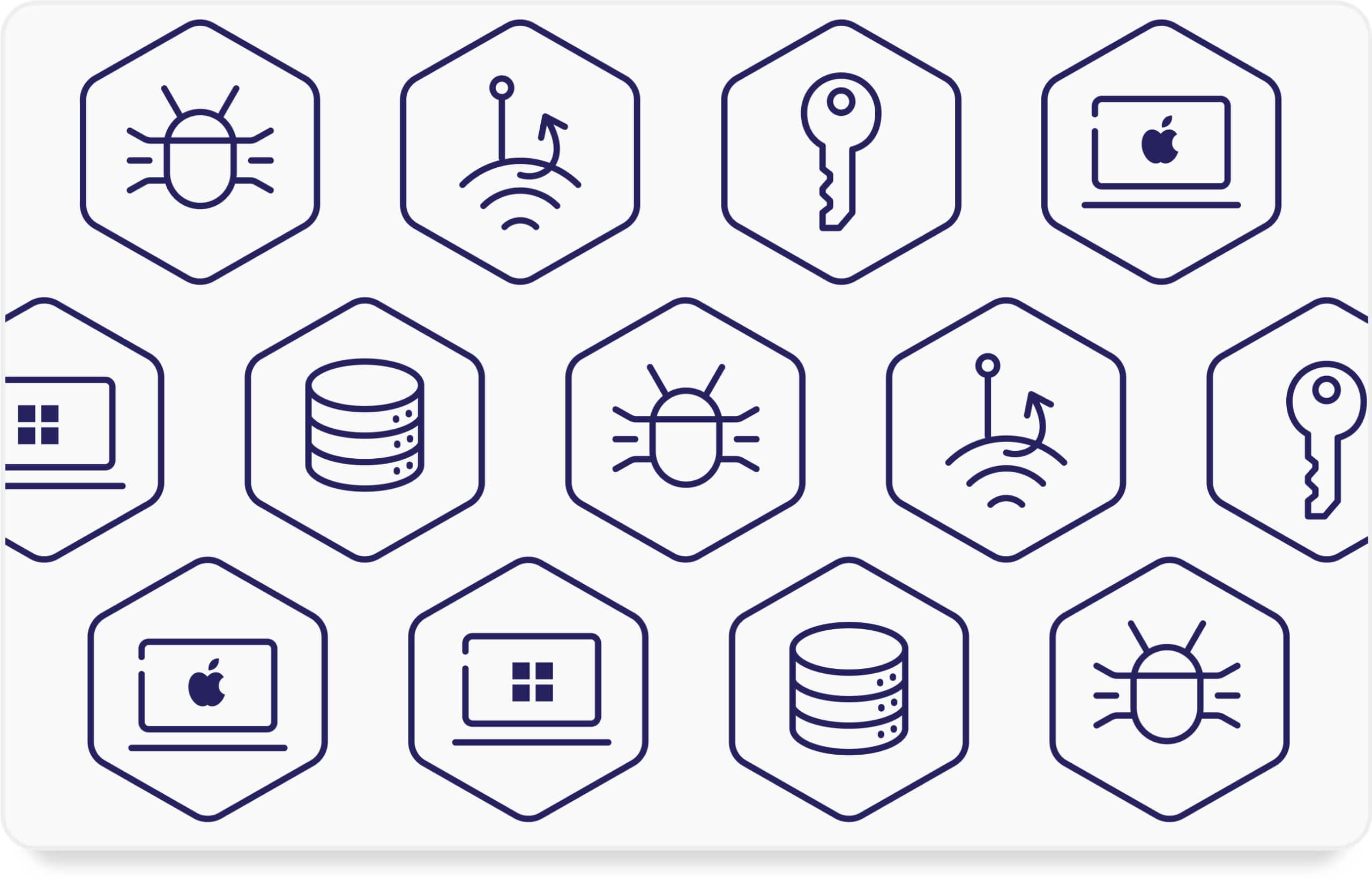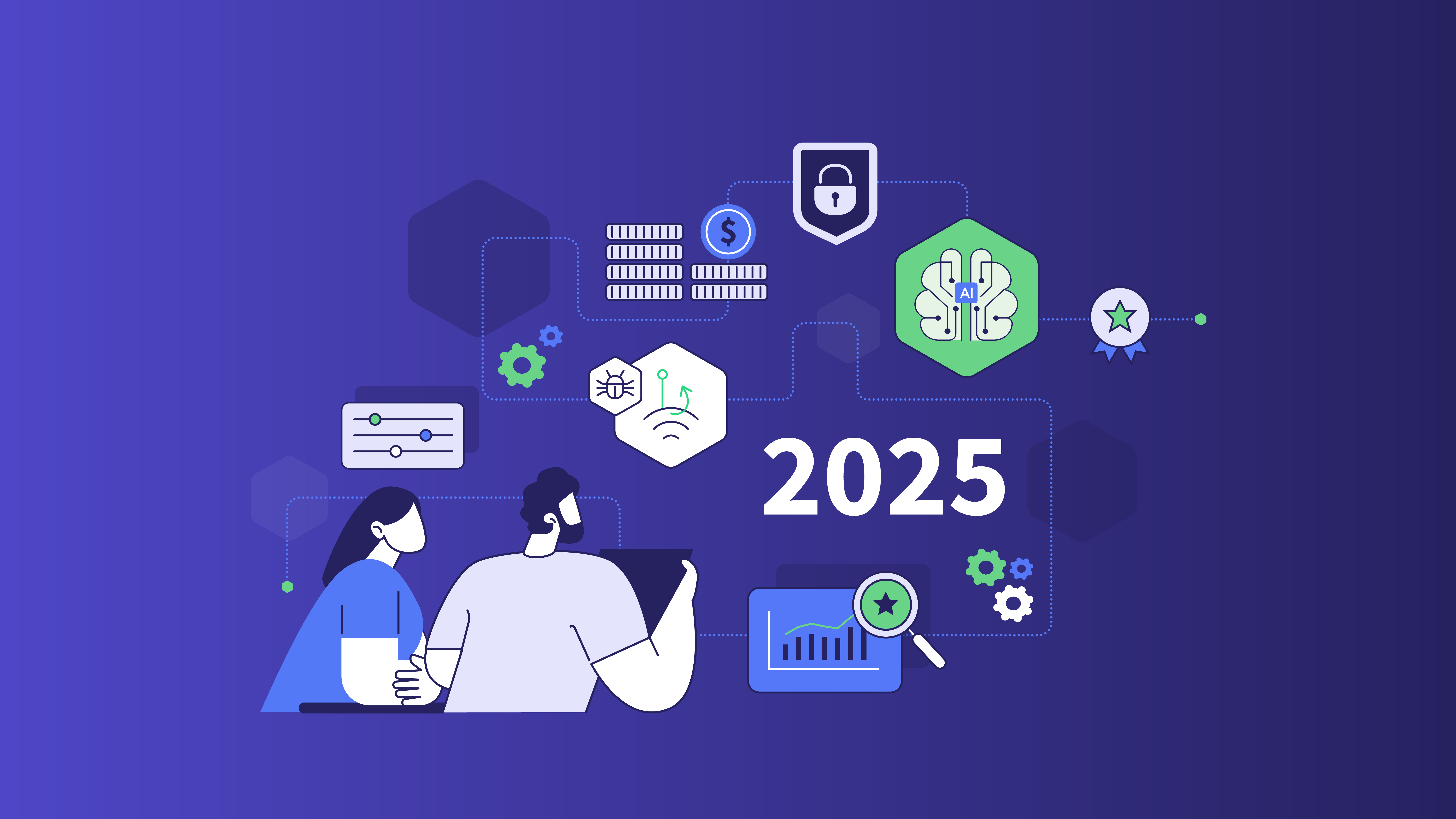A data breach is the unauthorized access, disclosure, or acquisition of sensitive or confidential information. In other words, in a data breach, an individual, group, or organization gains access to data without proper authorization, potentially leading to the compromise of the information’s confidentiality, integrity, or availability.
Unauthorized access to sensitive information may occur through diverse methods, encompassing cyber intrusions, illicit system access, internal risks, or the misplacement or theft of tangible devices storing confidential data. The affected data might involve personal details (like names, addresses, and social security numbers), financial records, proprietary knowledge, or classified information.
Data breaches pose significant risks to individuals and organizations and can result in financial losses, reputational damage, and legal consequences. So, it’s no surprise that preventing, detecting, and responding to data breaches are critical aspects of cybersecurity efforts.
Forms/Types of Data Breaches
Data breaches can take various forms, each presenting distinct challenges and risks. Understanding them is crucial for organizations to implement effective cybersecurity measures and develop incident response plans to mitigate risks and protect sensitive information.
Think of your personal data as valuable items stored in a digital safe deposit box. A data breach is like a cunning thief trying to break into that virtual safe and grab your precious belongings. The thief could use or misuse your items for their gain, posing a threat to your digital valuables. Just as you would secure your physical belongings in a safe, protecting your data from breaches is crucial in the digital realm.
Here are the most common types or forms of data breaches:
- Phishing attacks: Cybercriminals use deceptive emails, messages, or websites to trick individuals into revealing sensitive information, such as login credentials or financial details. The risk is unauthorized access to personal or financial accounts and the potential for identity theft.
- Unsecured cloud storage: Sensitive data stored in cloud repositories is left unprotected due to misconfigurations or inadequate security measures.
- Malware infections: Malicious software (or malware) is deployed to compromise systems and steal sensitive data. This includes viruses, trojans, ransomware, and spyware. The risks are data encryption or destruction, unauthorized access, and financial loss.
- Insider threats: Individuals within an organization misuse their access privileges to intentionally or unintentionally expose sensitive information.
- Physical theft or loss: Physical devices containing sensitive data, such as laptops, USB drives, or mobile devices, are lost or stolen. This can also result in unauthorized access to data and potential exposure of confidential information.
- SQL injections: Attackers sometimes exploit vulnerabilities in a website or application’s database by injecting malicious SQL code. The risks relate, in this case, to the unauthorized access to sensitive data stored in the database.
Why Should Businesses Care About Data Breach Prevention?
Data breach prevention is a critical aspect of modern business operations. Beyond financial considerations, it involves preserving customer trust, complying with regulations, and safeguarding your company’s reputation. These are particularly important for small and medium businesses. So, let’s look at five key reasons why everyone should prioritize data breach prevention.
Reason #1: Preserving Customer Trust
Customers entrust businesses with their sensitive information. Proactive data breach prevention assures customers that their data is secure, preserving confidence and loyalty. A breach not only jeopardizes customer trust but can lead to long-term reputational damage.
Assuring customers that their data is secure builds and preserves confidence in the brand. It communicates a commitment to protecting their privacy and demonstrates a dedication to ethical business practices.
Reason #2: Legal and Regulatory Compliance
Stringent data protection laws necessitate compliance. Preventing data breaches not only protects against legal penalties and fines but also ensures the business operates ethically, fostering a positive relationship with regulatory bodies.
The necessity of compliance with data protection laws is twofold. Firstly, it serves as a shield against legal repercussions. Regulations such as the General Data Protection Regulation (GDPR), the Payment Card Industry Data Security Standard (PCI DSS), and others outline specific requirements for protecting personal and sensitive data. Failure to comply can result in severe legal penalties, fines, and sanctions.
Reason #3: Financial Consequences Mitigation
Data breaches are not only a threat to the security of sensitive information but also pose significant financial risks for businesses. When data breaches occur, the financial repercussions extend beyond immediate damages, encompassing various costs associated with investigation, mitigation, legal proceedings, and compensating affected parties.
Implementing robust prevention measures becomes essential not just for data security but also for safeguarding the long-term financial health of the business. In fact, in many jurisdictions, businesses are obligated to compensate individuals affected by a data breach. This compensation may include covering the costs of credit monitoring services, identity theft resolution, or other measures to mitigate the impact on affected parties.
Reason #4: Operational Continuity and Employee Morale
Breaches can disrupt normal operations. Data breach prevention ensures business continuity, safeguarding employee morale and maintaining a productive work environment. Employees trust companies that prioritize the security of their information.
A data breach often necessitates immediate and comprehensive responses, including investigations, system updates, and security enhancements. These measures can disrupt regular business operations, affecting the workflow and productivity of employees. It’s also important to remember that employees are key stakeholders in any organization, and their morale is closely tied to the company’s ability to protect sensitive information. A data breach can create an atmosphere of uncertainty and insecurity among them.
Reason #5: Competitive Advantage and Market Differentiation
Data security is a competitive differentiator. Businesses that prioritize prevention not only gain a competitive edge but also appeal to a customer base increasingly concerned about the safety of their personal information.
Businesses that invest in robust data security measures signal to customers that their sensitive information is in safe hands. This commitment to data protection builds trust and credibility, creating a positive perception of the brand. Customers are more likely to choose a company they trust with their personal data.
Data Breaches and Cybersecurity Frameworks
Data breaches happen to organizations, small and big, so it’s important to analyze them within the context of common cybersecurity frameworks. This is particularly helpful to understand how they occur and to develop effective prevention and response strategies.
When a data breach occurs, it involves various techniques outlined in the MITRE ATT&CK matrix. Adversaries may employ tactics like initial access, execution, or exfiltration to compromise systems and access sensitive data. Understanding these techniques helps security professionals identify and defend against specific threats that aim to steal data.
Least Privilege
Least privilege is about restricting access rights for users to the minimum necessary for their tasks. In a data breach scenario, attackers aim to escalate privileges to gain unauthorized access to sensitive data. Implementing Least Privilege limits their ability to move laterally and access critical information.
In a Zero Trust model, trust is never assumed, even for entities inside the network perimeter. A data breach may involve attackers exploiting vulnerabilities within the network. Zero Trust principles ensure continuous verification of user and device identities, making it challenging for attackers to navigate within the network undetected.
Defense-in-Depth
Defense-in-depth involves layering security mechanisms to provide multiple lines of defense. In the context of a data breach, this means employing various security measures such as firewalls, intrusion detection systems, and endpoint protection to create a robust defense. Even if one layer is compromised, others remain active.
Incident Response
Incident response frameworks guide organizations in handling and mitigating the impact of a data breach. This involves identifying the breach, containing it, eradicating the threat, recovering data, and learning from the incident. Incident response plans are essential for minimizing the damage caused by a breach from malicious actors looking to get a financial gain.
Identity and Access Management (IAM)
IAM is a framework that focuses on managing and securing digital identities and their access to systems and data. In the context of a data breach, IAM plays a crucial role in preventing unauthorized access and limiting the impact of compromised credentials. For example, IAM systems manage the lifecycle of user accounts, from onboarding to offboarding. Promptly removing access for employees who leave the organization reduces the risk of unauthorized access after their departure.
Related Regulations or Compliance Goals
There are several regulations and compliance standards that address data breaches and the protection of sensitive information. These regulatory frameworks provide guidelines and requirements for organizations to follow, setting clear expectations that collectively shape the global landscape of data security.
Here are some notable ones:
- PCI DSS (Payment Card Industry Data Security Standard):
- Focus: Protecting payment card data.
- Key Requirements: Secure payment card transactions, encryption of cardholder data, access controls, and regular security assessments.
- GDPR (General Data Protection Regulation):
- Focus: Protecting the privacy and rights of individuals concerning the processing of personal data.
- Key Requirements: Explicit consent for data processing, data protection by design, the right to be forgotten, and mandatory breach notifications.
- HIPAA (Health Insurance Portability and Accountability Act):
- Industry: Healthcare
- Focus: Protecting the privacy and security of patients’ health information.
- Key Requirements: Safeguards for electronic protected health information (ePHI), secure data transmission, and strict access controls.
- ISO/IEC 27001:
- Focus: Information Security Management System (ISMS)
- Key Requirements: Establishing, implementing, maintaining, and continually improving an ISMS. This includes risk assessment, access controls, and incident response.
- FISMA (Federal Information Security Management Act):
- Industry: U.S. Federal Agencies
- Focus: Information security for federal agencies and their contractors.
- Key Requirements: Risk management framework, security categorization, continuous monitoring, and incident response planning.
- CCPA (California Consumer Privacy Act):
- Focus: Protecting the privacy rights of California residents.
- Key Requirements: Consumer rights regarding personal information, transparency in data collection, and requirements for businesses to respond to consumer requests.
- GLBA (Gramm-Leach-Bliley Act):
- Industry: Financial Services
- Focus: Protecting the privacy and security of nonpublic personal information held by financial institutions.
- Key Requirements: Safeguards for customer information, risk assessments, and security measures.
- CMMC (Cybersecurity Maturity Model Certification):
- Industry: U.S. Department of Defense (DoD) Contractors
- Focus: Ensuring the cybersecurity maturity of contractors working with the DoD.
- Key Requirements: Levels of cybersecurity maturity, including practices and processes, to protect controlled unclassified information (CUI).
- SOC 2 (Service Organization Control):
- Focus: Information security for technology and cloud computing organizations.
- Key Requirements: Trust service criteria including security, availability, processing integrity, confidentiality, and privacy.
- NIST Cybersecurity Framework:
- Focus: General guidance on managing and improving cybersecurity risk.
- Key Components: Identify, Protect, Detect, Respond, Recover – providing a flexible and comprehensive approach to cybersecurity.









